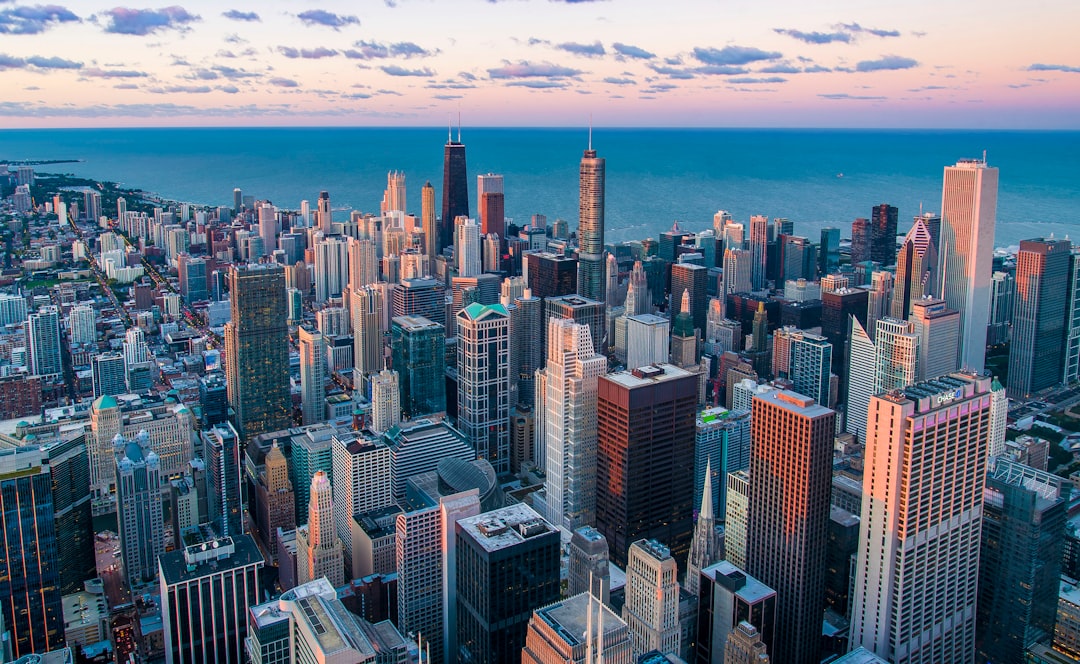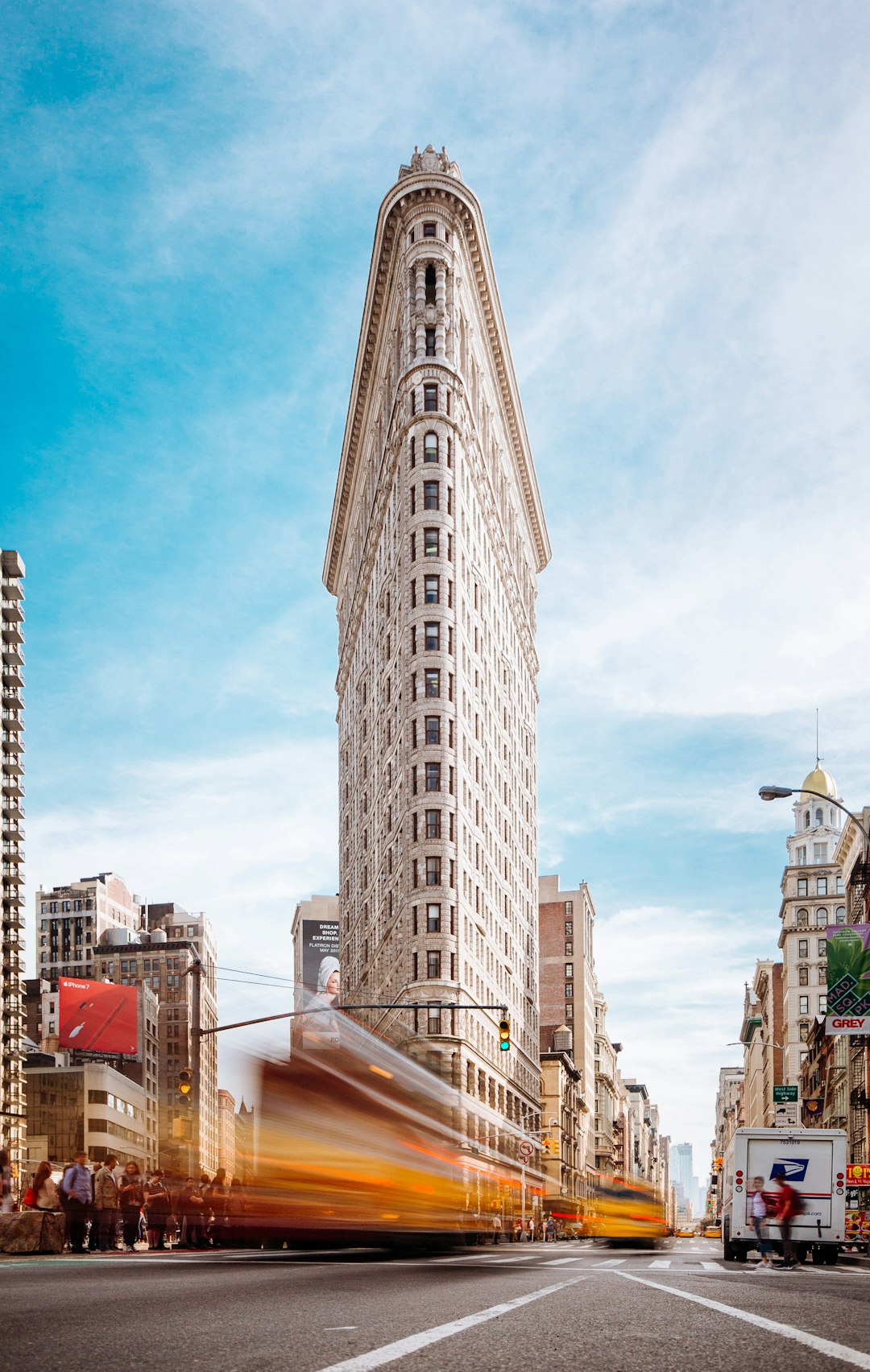Riverside's city planning initiative seeks to preserve its rich architectural heritage and cultural narratives amidst modern urban development. The city is navigating a delicate balance between maintaining its historical significance and embracing innovative planning practices for sustainable growth. This approach ensures that Riverside's legacy is upheld while offering contemporary amenities, catering to those who value both the old-world charm and modern comforts. The focus is on integrating smart growth initiatives, walkability, green infrastructure, and mixed-use developments to enhance the urban environment without compromising the city's unique identity. Riverside's efforts in this area are a testament to its commitment to being a model of sustainable development within the field of urban planning, balancing past and future to create a living space that honors its history and invests in its ongoing evolution. The city's strategic vision underlines its dedication to harmoniously blending historical preservation with modern advancement, serving as an inspiration for cities worldwide facing similar challenges.
Riverside, a city rich in history and cultural heritage, stands at a pivotal juncture where its storied past intersects with the imperatives of contemporary urban development. This article delves into the intricate dance between preserving the essence of Riverside’s history and adapting to the dynamic needs of modern city planning. Through a comprehensive exploration of zoning, economic considerations, community engagement, and technological advancements, we will navigate the complexities of maintaining historical integrity while fostering progressive growth. Join us as we examine the critical balance between preservation and progress, highlight innovative solutions for their coexistence, and offer a forward-looking perspective on Riverside’s future, ensuring its legacy endures amidst urban evolution.
- Embracing Riverside's Past: A Historical Overview
- The Evolving Face of Urban Development in City Planning
- Balancing Act: Preservation vs. Progress in City Planning Decisions
Embracing Riverside's Past: A Historical Overview

Riverside, with its rich tapestry of historical significance, stands as a testament to the evolution of city planning and urban development. The city’s heritage is deeply rooted in its architectural landmarks and cultural narratives that reflect a bygone era. These historical elements are not mere relics but are integral to the identity and character of Riverside. As city planners look to the future, preserving these histories becomes paramount, ensuring that the city’s legacy is maintained amidst the shifts towards contemporary urban development. The integration of the past into modern planning involves a delicate balance between honoring historical sites and incorporating innovative designs that cater to the needs of current and future residents. This harmonious coexistence is essential in maintaining Riverside’s allure, attracting visitors who are drawn to its blend of old-world charm and modern conveniences, thus positioning the city as a vibrant locale with a storied past that continues to influence its trajectory. The ongoing dialogue between preservationists and urban developers underscores the importance of maintaining Riverside’s historical integrity while embracing the necessities of contemporary city planning.
The Evolving Face of Urban Development in City Planning

Riverside, a city steeped in historical charm, is at a pivotal juncture as it grapples with the evolving face of urban development within its city planning initiatives. The narrative of Riverside’s growth is one that intertwines past and present, with a keen eye on sustainability and community well-being. City planners in Riverside are tasked with the delicate balancing act of preserving the architectural legacy and cultural heritage that defines the city, while simultaneously integrating modern urban design principles to meet the needs of its growing population. This dual mandate requires innovative approaches to ensure that the city’s historical significance is not overshadowed by new developments.
In recent years, Riverside has seen a shift towards smart growth and sustainable community planning. The city is leveraging technology and forward-thinking strategies to create spaces that cater to both residents and visitors. By embracing principles such as walkability, green infrastructure, and mixed-use developments, Riverside’s city planning efforts are transforming the urban landscape while maintaining the character that gives the city its unique identity. The goal is a harmonious blend of the old and the new, where historical buildings stand as testaments to the past, and contemporary structures enhance the quality of life for all who call this city home. This thoughtful approach to urban development ensures that Riverside’s story continues to unfold, with each chapter carefully crafted to honor its rich history while embracing the future.
Balancing Act: Preservation vs. Progress in City Planning Decisions

In the realm of city planning, Riverside’s urban landscape stands as a testament to historical preservation intertwined with modern development. Navigating this balance requires a nuanced approach that honors the city’s rich heritage while embracing the necessities and opportunities of contemporary growth. Planners must consider the architectural integrity of Riverside’s storied buildings and neighborhoods, which serve as physical reminders of its past. The preservation of these landmarks ensures the continuity of local history and cultural identity. However, the push for progress, often driven by economic imperatives and demographic shifts, necessitates adaptive reuse and innovative urban design to keep Riverside competitive and vibrant. This delicate equilibrium between preserving the old and embracing the new is crucial in city planning decisions. It involves a strategic vision that respects historical significance while fostering an environment conducive to modern living and commerce. The challenge lies in integrating sustainable development practices with conservation efforts, thereby creating spaces that resonate with both residents and visitors, old and new. By doing so, Riverside can stand as a model for cities worldwide seeking to harmonize their heritage with the demands of the 21st century.
Riverside’s historical richness and its evolution into a modern urban center present a unique tapestry of challenges and opportunities for city planners. Embracing the city’s storied past while fostering growth that aligns with contemporary needs requires a nuanced approach that honors tradition while embracing innovation. The delicate balance between preservation and progress, as detailed in “Embracing Riverside’s Past: A Historical Overview” and “The Evolving Face of Urban Development in City Planning,” is critical for the city’s sustainable future. As outlined in “Balancing Act: Preservation vs. Progress in City Planning Decisions,” it is through thoughtful, strategic planning that Riverside can maintain its heritage while accommodating the needs of a growing population. The ongoing dialogue between history and progress will shape the city’s landscape for generations to come, ensuring that Riverside remains a place where both its legacy and its inhabitants can thrive.
